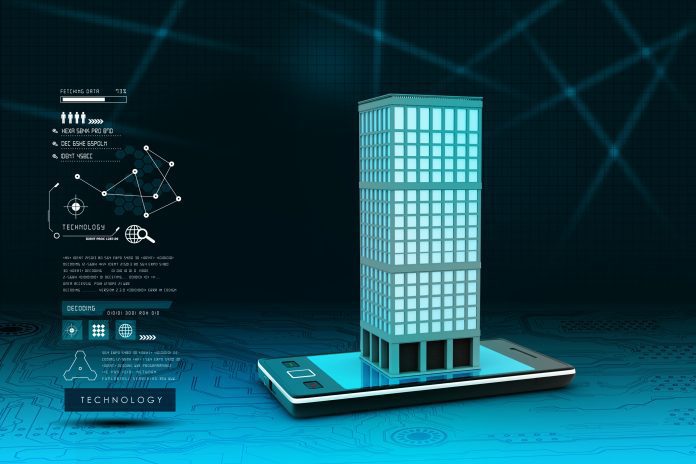Harnessing the true potential of the internet of things in smart buildings will depend on how building owners and managers operationalize and use the data available from sensors and device in the context of improving efficiencies. This broad concept of PropTech–using technology to improve the revenue generating potential of commercial properties–is multi-faceted and includes the concept of using a digital twin to drive performance improvements.
While existing BMS systems and applications are capable of providing a siloed understanding of building operations, a comprehensive and contextual view of buildings systems through the use of digital twins can unleash massive advantages to owners and landlords.
An effective Operations Performance Management (OPM ) strategy in the smart building environment hinges on the ability to gain context specific and real-time information about the “built environment” and can become a massive enabler for driving ROI.
Valuable insights regarding the real-time orchestration of people, systems, and things unlocks the real growth potential of measured IoT sensors and devices and predictive self-learning turning assets and processes into income for smart buildings.
To deploy an effective OPM strategy, organizations need to address challenges in the existing built environment and adequately capture and utilize data from existing smart buildings subsystems, IoT devices, and other applications. ?Further the ability to effectively discern which data is relevant, and interoperability or a system which combines these capabilities into a ?brain-like? operation is required.
Building managers also grapple with the complex manual workflows and a lack of visibility across applications and roles which inhibit contextually rich insights. These challenges limit the capability for building owners and landlords to make clear outcome-based links between their IoT investments and ROI.
Last but not least, many of these siloed applications cannot understand how users, employees and occupants inside the built environment are acting and reacting to changes in real-time.
Adoption of digital twins
Now, through the use of a digital twin or a digital replica of physical assets,?processes, people, places, systems and devices, building owners can improve occupant comfort to drive workplace productivity and employee retention for tenants.
According to Gartner, digital twins, which are already being used in the manufacturing sector will have a significant impact in the context of IoT projects including smart buildings in the next three to five years.
IDC a predicts that by 2020, 30% of Global 2000 companies will be using data from digital twins of IoT connected products and assets to improve product innovation success rates and organizational productivity, achieving gains of up to 25%.
Digital twins enable situational awareness, through an operating system that gives owners? of smart buildings contextually rich visibility into the intersections of processes, people, and things.?The digital twin is also effective at providing insight into how a new technology or platform will impact the built environment through simulation on the twin, saving owners costly disruptions and taking away the guesswork regarding how introducing new technology can improve ROI.
Digital twin use case in a smart building
According to the IBM Institute for Business Value, of the nearly 12 billion square feet of commercial real estate in the U.S., only two-thirds is fully utilized. The largest tenants?those with more than 50,000 square feet of space?account for 36 percent of all rented space. For building owners who own massive commercial spaces finding ways to reduce power consumption and OPEX costs on dormant areas can yield massive savings.
In the battleground for workplace efficiency, any asset inside a building can be used to understand and improve occupant experience.
Elevator company KONE is now using digital twins to not only improve service and cut maintenance costs but also understand how people are move through buildings. While this may seem like a small application, cutting even three to four minutes from elevator commutes can have a significant impact on occupant experience and workplace productivity and serve as a means of saving energy costs for building owners. ?Here?s an example.
Imagine that one of your tenants is a ?hot-desking? provider, and the hot-desking users don?t care which floor the desks are located on- ?just that they get to the desk ASAP. Using a digital twin technology elevators could help fill levels most efficiently based on live occupancy and user schedules data.
Powered with information from the digital twin the elevator could guide users seeking out desks to a floor with free desks and once that floor fills up, the next batch of people could be sent to the next floor, and so on. When the occupancy levels decline, the digital twin can send signals to vacant floors to power down lighting and close access.
The deployment of a digital twin, in this case, improves both occupant experience and benefits building owners by eliminating the need to provide light, cooling and ventilating on vacant or underutilized floors. Without a contextually rich real-time digital twin system this could not have been possible.

